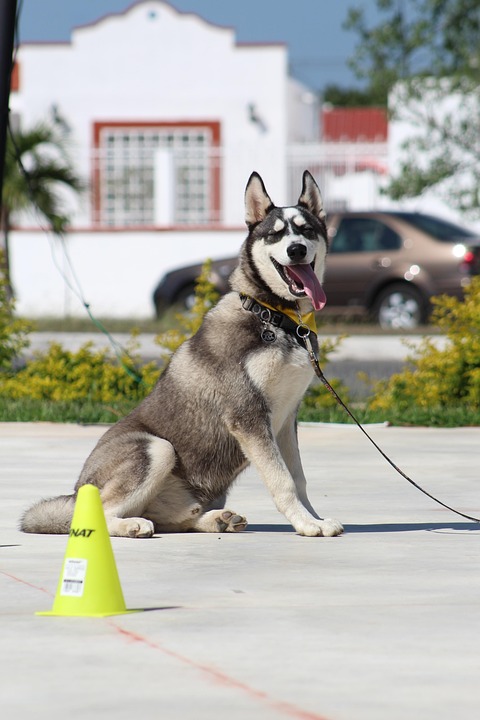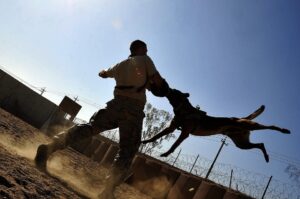
Training your dog is not just about teaching them cool tricks, but it’s a fundamental part of ensuring their safety, mental stimulation, and your mutual enjoyment of life together. Whether you’re a first-time dog owner or an experienced handler, understanding the essential dog training commands can lead to quicker success and a happier, well-behaved companion. This article will delve into the top essential dog training commands that every dog owner should know.
The Importance of Dog Training Commands
Effective communication is the cornerstone of any successful relationship, and the bond between you and your dog is no different. Training commands are a way to establish a common language. When taught correctly, these commands can help manage your dog’s behavior, ensuring they are safe and well-mannered in various situations. Additionally, training provides mental stimulation, reduces anxiety, and strengthens the bond between you and your furry friend.
Essential Dog Training Commands
1. Sit
The “sit” command is often the first command that dogs learn and serves as the foundation for many other commands. It’s a simple yet powerful command that helps manage your dog’s behavior in different settings.
– How to Teach: Hold a treat close to your dog’s nose, then move your hand up, allowing their head to follow the treat while their bottom lowers. Once they are in a sitting position, say “sit” and give them the treat.
– When to Use: Use the “sit” command to prevent jumping when greeting people, to encourage calm behavior before mealtime, and as an obedience exercise during walks.
2. Stay
The “stay” command is crucial for controlling your dog’s movements and ensuring their safety, especially in potentially dangerous situations like crossing streets or when guests arrive at your home.
– How to Teach: Start with your dog in the “sit” position. Open your palm in front of you and say “stay.” Take a few steps back. If they stay, reward them with a treat. Gradually increase the distance and duration.
– When to Use: Use the command to keep your dog in place during grooming, vet visits, or when you need them to remain calm in hectic environments.
3. Come
A reliable recall is one of the most important commands, as it can prevent your dog from getting into dangerous situations.
– How to Teach: Start indoors or in a fenced area. Crouch down, open your arms, and say “come” in an inviting tone. Reward your dog when they come to you with a treat and plenty of praise.
– When to Use: Use the “come” command in situations where your dog is off-leash, or when you need them to come to you immediately, such as avoiding a fight with another dog or returning home after play.
4. Down
The “down” command is more challenging but equally important. It helps manage your dog’s behavior in situations where calmness is required.
– How to Teach: Start with your dog in a sitting position. Hold a treat in your hand, move your hand to the floor, and say “down.” Reward them when their elbows and belly touch the ground.
– When to Use: Use this command to help your dog settle down when they are overexcited or to keep them calm in places where they might otherwise be anxious or disruptive.
5. Leave It
The “leave it” command can prevent your dog from picking up or eating harmful objects and helps manage impulse control.
– How to Teach: Place a treat in both hands. Show your dog one enclosed fist with the treat inside, and say “leave it.” Ignore any attempts to get the treat. Once they stop trying, give them the treat from the other hand.
– When to Use: Use this command when your dog is about to pick something up that they shouldn’t, like trash on a walk, or when they show interest in potentially dangerous objects.
6. Off
The “off” command is used to prevent dogs from jumping on people or furniture.
– How to Teach: When your dog jumps up, turn away and say “off.” Reward them when all four paws are on the ground with a treat and praise.
– When to Use: Use this command to maintain boundaries with visitors, prevent damage to furniture, and ensure your dog respects personal space.
7. Heel
The “heel” command ensures your dog walks beside you, which is particularly important in busy or crowded areas.
– How to Teach: With your dog on a leash, hold a treat in your hand close to your leg. Say “heel” and start walking. Reward your dog for staying by your side.
– When to Use: Use this command during walks in busy areas, when crossing streets, or when you need your dog to pay full attention to you.
Training Tips for Success
– Consistency is Key: Use the same word and hand gesture for each command every time.
– Positive Reinforcement: Reward your dog with treats, praise, or play for following commands correctly.
– Short and Fun Sessions: Keep training sessions short (5-10 minutes) and end on a positive note to maintain your dog’s enthusiasm.
– Patience: Every dog learns at their own pace, so be patient and don’t rush the process.
Conclusion
Training your dog with essential commands is an investment in both your dog’s behavior and your relationship with them. With consistent practice and positive reinforcement, your dog can quickly learn these commands, leading to a more harmonious and safe life together. Remember, the goal is to have a well-behaved dog who understands and respects your communication, making every day enjoyable for both of you. By focusing on these essential commands, you’ll set a strong foundation for further training and a lifetime of companionship.
“`
#ChatGPT assisted in the creation of this article.






